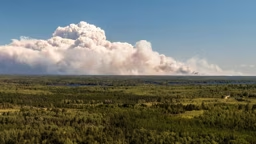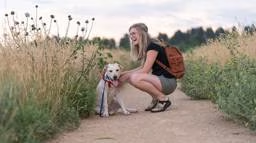Recently, though, my cabinitis has manifested itself in new and unexpected ways – and with ever-increasing intensity. I guess I shouldn’t be surprised. Cabinitis is not, after all, a “sitting on the deck sipping mint juleps” type of malady. Feeling relaxed and contented? No worries, that feeling will pass!
One thing that grabbed my attention was the prospect of adding some acreage – with an eye toward fostering the wild duck and pheasant population. A sort of small animal husbandry endeavor, if you will.
Off and on, I’ve hunted ducks and pheasants all my life. But this project was so much different and so much bigger. I wanted to raise these birds just for the sheer enjoyment of seeing them thrive. This, I figured, would be more fulfilling, especially since the available habitat around the U.S is more limited every year.
For the Birds
The acreage I found contained a lake, some ponds plus good land on which I could plant bird-friendly crops. For feed and cover, I planted 35 acres of corn that I left standing. The corn stalks shield the pheasants and their chicks from predatory raptors, and the corn is a good food source.
But the corn needed a wind break, so next I planted 440 juniper bushes on each side of the corn field. These also provided additional food – juniper berries – and cover for the pheasants. Other acreage I left in native grasses.
Then I began to worry about winter. So, to help the pheasants survive, I made 16 large feeders out of 55-gallon plastic garbage cans with covers. I installed metal mesh windows (to keep the deer out) at varying heights (in case of deep snow).
We completed the annual pheasant stocking again in March. We stocked 100 pheasants (70 hens and 30 roosters is the best mix for breeding), plus 24 Hungarian partridge. It’s very exciting being in the midst of 100 pheasants that are rediscovering their freedom!
For the ducks, I built 14 nesting boxes by the water – 4 feet off the ground on metal poles, so predators like raccoons and coyotes can’t get to the eggs or ducklings. This summer, I plan to plant heavier cattail cover around the water areas.
A lot of work, but worth it!
The whole project is now three years old, and I’m happy to report a very healthy crop of pheasants and ducks prospering in the habitat we have built for them.
Disappointing Dotty
Now, my kids tease me that after all this work and TLC there’s no way I’m ever going to shoot one of my ducks or pheasants (even though I’ve always been a hunter). And they’re probably right.
So I guess I’ve moved from hunting to animal husbandry, as well as farming and gardening. And I have really enjoyed it.
But I can’t say as much for my bird-hunting companion, Dotty, my Brittany spaniel.
When I walk through my land with Dotty and a pheasant flies up, Dotty goes on point and sits trembling with excitement, waiting for me to shoot. She waits, and she waits. Eventually, she realizes I’m not going to shoot, then she stares at me with a puzzled, disapproving look.
Dotty’s not the only one to express wonder or dismay over my new hobby.
People ask why, at my age, I keep doing new things like this. My answer is that life should be an adventure. Activities like these are part of the cabinitis drive that keeps pushing me onward.
And it certainly is a most enjoyable push!
Lars F. has refused the 12-step plan to control his cabinitis. Only his first name is used to protect his identity.











